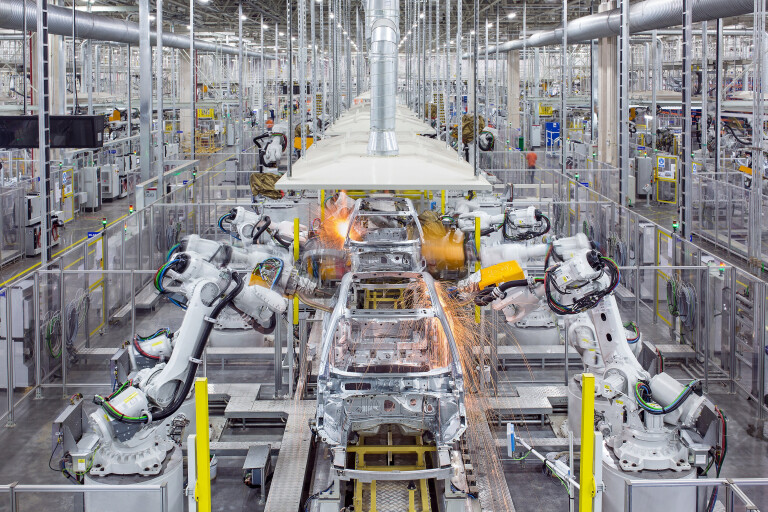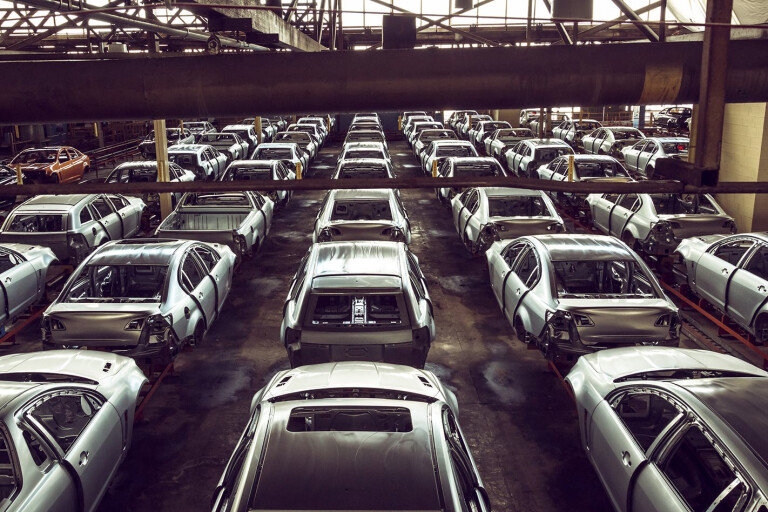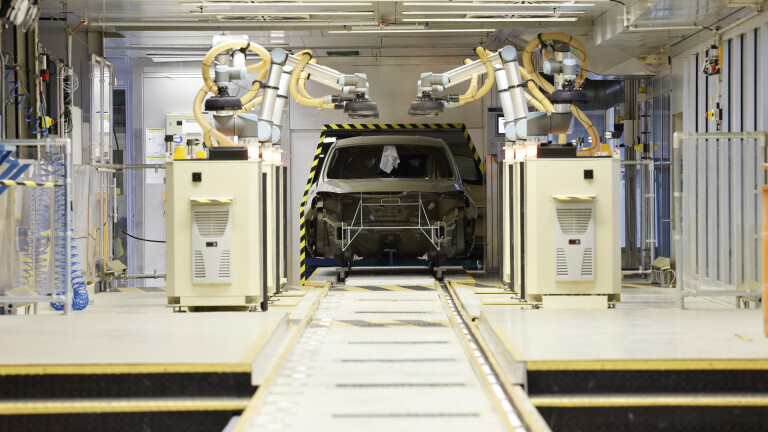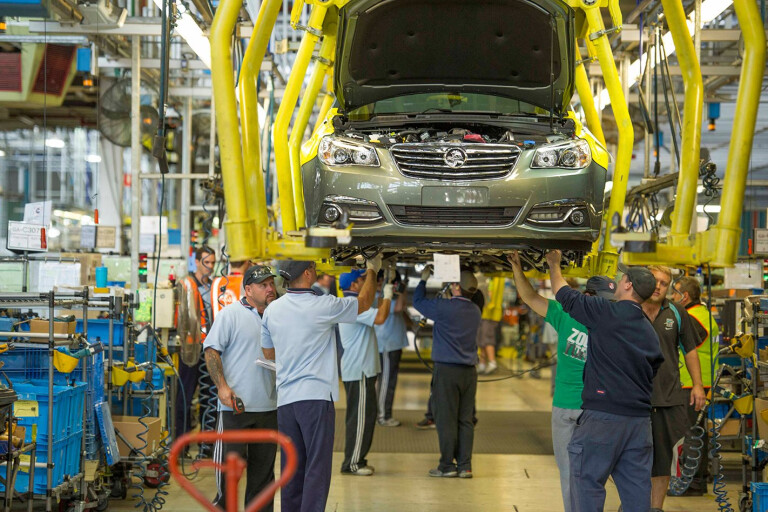
If you’ve caught any of the headlines about Australia’s ability to reignite local manufacturing and emerge, phoenix-like, from the ashes to become a powerhouse producer of electric vehicles, there’s a chance you could be a little excited. I know I was.
The news first broke in February when a paper by the Australia Institute argued our unique combination of hefty mineral reserves, a highly skilled workforce and existing manufacturing sites meant Australia is ideally placed to start building EVs.
The idea has been gathering steam ever since and burst back into the national psyche recently when Federal Energy Minister Chris Bowen said this at a global clean energy forum in Pittsburgh: “We can make electric vehicles in Australia. Not only do I think that, so do the electric vehicle manufacturers.”
On that second point, it seems Bowen is right. A few weeks earlier the chair of Tesla’s board, Aussie Robyn Denholm, told the National Press Club that Tesla sees many advantages in making cars in Australia. That drew public support from Infrastructure minister Catherine King and Queensland Premier Annastacia Palaszczuk and then, shortly after, the Federal Government released a national EV strategy consolation paper that listed a return to local manufacturing as one of its five key goals.

It’s evocative stuff and with the five year anniversary of Holden’s production closure having just passed, it’s hard not to get swept up in the emotion of it all. Who wouldn’t want to see thousands of Aussies back in jobs? And if given the choice of buying a Tesla made in China or Australia I know which way I’d jump. There’s also hope making EVs locally would help drive down prices, boost our EV uptake and minimise our dependence on global supply chains.
But could it actually happen? Or is it just a well-intentioned pipe dream? Or worse, empty promises wielded for political gain? Let’s look at the hurdles with a level head.
Firstly, none of this is possible without significant government support. The author of the Australia Institute report, Dr Mark Dean, told the ABC “For the amount of money we’d need to spend for the industry to kick off by itself, it’s really just peanuts I think… $5-10 billion dollars to restart auto manufacturing in Australia seems like a small ask…”

Even accounting for the potential return on investment rebooting manufacturing could bring, I’d politely suggest that sounds like a huge ask.
Then there’s the issue of industry policy. Dr Dean argued strong political leadership is required to develop “an overarching, coordinating and strategic industry policy’ if local manufacturing is to return. Given how long it’s taken to achieve something resembling a national strategy on electric vehicles, colour me a touch sceptical on that one. Even Dr Dean admitted Australia is “lacking the political will” to leverage its EV building potential.
The idea of simply firing up Holden and Ford’s closed factories also has some holes in it. Aside from the fact they’ve been dismantled and decommissioned, the task of retooling a plant that made internal-combustion cars into one that builds modern electric vehicles would be astronomical.
Paying thousands of Aussies to staff those factories is another issue. Australia has one of the highest minimum wages in the world and according to analysis by Ford the cost of building a car in Australia is nearly four times higher than in Asia and twice as expensive as Europe. Robyn Denholm counters this point by saying Tesla makes cars in California, where it’s also expensive, but that’s a bit like saying one case of COVID-19 is better than another. They’re both bad.

And how many cars would an Aussie factory need to produce to be globally competitive and make an export business viable? Hundreds of thousands, surely, if not more.
Can these hurdles be overcome? With the right gumption and funding anything is possible, but it’s hard to shake the sense that a return to the halcyon days of Aussie manufacturing is anything but a moonshot. There are too many moving parts, too many question marks and too much complexity for everything to align.
But maybe building cars from the ground up isn’t the answer. Narrowing the focus to build components or concentrating on manufacturing and exporting batteries seems a more achievable goal. Reemerging as an EV producing superpower, though? I give that one Buckley’s.



COMMENTS